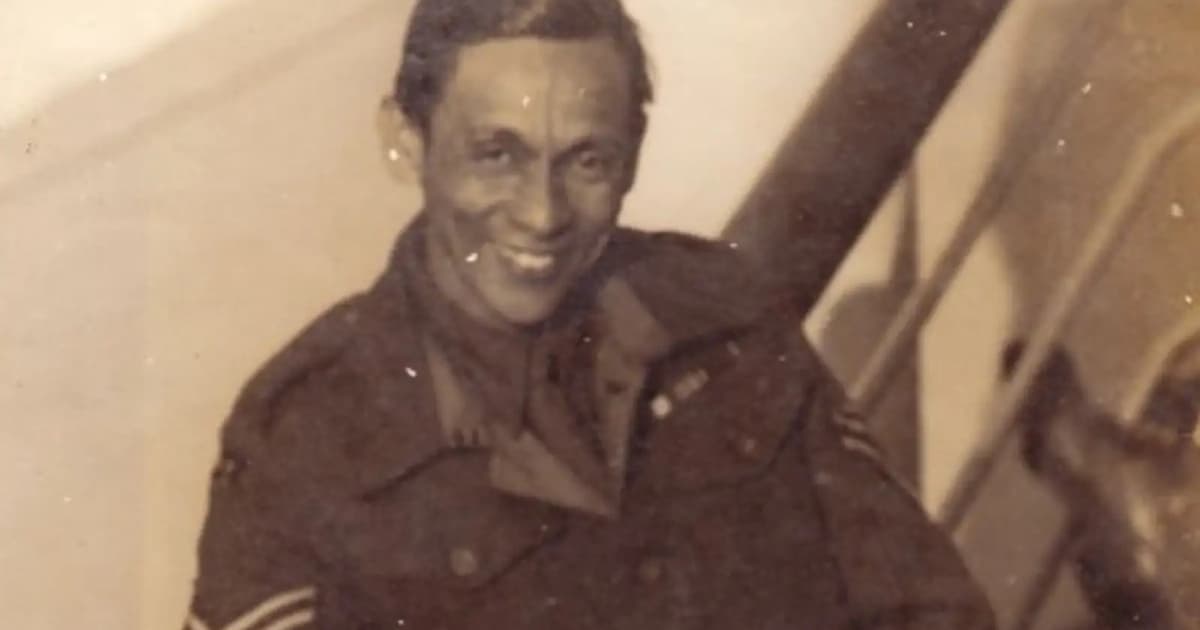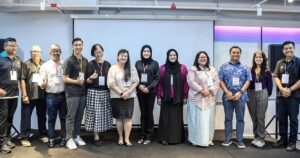
Aug 31, 1957. Lim Keng Watt had travelled from Melaka to Kuala Lumpur with his eldest son, Chin Lam. They had arrived the day before, eager to witness history as the country ushered in independence.
For Keng Watt, the years leading up to the day had been far from ordinary. When the Japanese invaded Malaya in 1941, he had been serving with the Straits Settlements Volunteer Force (SSVF). He would later escape death at their hands.
In 1946, he was part of the Malayan contingent at London’s Victory Celebrations after the defeat of Germany and Japan in World War II.
A former teacher at St Francis Institution (SFI) in Melaka, Keng Watt had lived through some of the nation’s most defining moments. His daughter, Audrey, later chronicled his journey in a book, “Memories of a Malaccan: The Life and Times of Lim Keng Watt (1909-96)”.
“One of my friends said that my father was like Forrest Gump – he was at the right place at the right time,” Audrey told FMT Lifestyle.
The war years
Keng Watt’s path as both a soldier and teacher began in 1928, when he began teaching at SFI and enlisted in the Melaka Volunteer Corps, which made him a member of SSVF’s Fourth Battalion.
Audrey, 77, believes he had been a very competent soldier: he diligently trained in evenings and on weekends, and had previously earned the King’s Scout award – the highest youth achievement in the Scout movement across the Commonwealth and UK.
In 1935, he was promoted to a sergeant and became part of the B (Chinese) Company of the SSVF.

On Dec 1, 1941, Keng Watt’s battalion was deployed to Singapore. A week later, the Japanese landed in Kota Bharu and, in subsequent weeks, invaded Penang and KL.
In Singapore, Keng Watt’s battalion had been tasked with guarding duties and erecting barricades. When news of the Japanese advancement reached them, Keng Watt volunteered to accompany one Captain Cho Seow Lim to Melaka so they could evacuate British expatriates and their families to Singapore.
Keng Watt’s trip proved timely: the Japanese forces shortly invaded Melaka, but he was able to ensure his wife and three young children were tucked safely away before he returned to Singapore.
On Feb 8, the Japanese launched their attack on the future republic. And on the morning of Feb 16, some 35 men from Keng Watt’s company were captured and executed. Somehow, Keng Watt was spared.
“Being streetwise, he went into hiding in Sungei Road, according to his notes. He must have hid for about two weeks. After things settled down, he went to the railway station to get a ticket back to Melaka. By then, he had already disposed of his uniform,” Audrey recounted.
At the railway station, Japanese soldiers allowed him to return to Melaka. Audrey believes he had told them he’d been stranded in Singapore after shopping for the Chinese New Year.
Back home, however, the Japanese discovered he was a volunteer soldier and interned him as a prisoner of war. But luck, once again, was on his side: in less than a month, Keng Watt was released on parole and eventually returned to teaching.

After the war
One particularly memorable occasion after the war was the opportunity for Keng Watt to represent the B Company in London’s Victory Celebrations in 1946. “He was one of three men chosen from Melaka,” Audrey said.
During his time in the UK, he kept a diary and wrote letters to his wife – treasured keepsakes that Audrey later discovered. Apart from rehearsals for the parade, he had visited several tourist attractions.
Eleven years later, he would relive the same jubilation and sense of hope at the Merdeka celebration in Kuala Lumpur. According to Audrey, he had carefully preserved mementoes from this momentous event, including a photograph of KL before the festivities, and a commemorative Merdeka badge.
Yet, Merdeka was bittersweet: just months earlier, Keng Watt had represented his battalion at the Singapore Memorial and laid a wreath in honour of the Melaka volunteers who had perished during the war.
Six years later, Melaka held a celebration to mark the signing of the Malaysia Agreement on Sept 16, 1963. Secondary students from several schools staged a historical tableau, and Keng Watt carefully kept a copy of the programme from the celebration.
Audrey believes her father would have been involved in this occasion as he had been teaching secondary students at SFI at the time.
A life remembered
Audrey, who also became a teacher, remembers him as a man who loved travelling and collecting souvenirs. He also made friends easily with people from all walks of life. “He truly had a zest for living.”

Keng Watt passed away in 1996 at age 87. In 2015, Audrey began writing his story, piecing it together from his notes, diaries, memorabilia, and her own research.
Through her words, her father’s courage and quiet strength – especially during the years of war – live on as part of the nation’s story. As Audrey puts it: “He was an ordinary man who lived in extraordinary times.”
To purchase Audrey’s book, send a WhatsApp message to 016-643 0520 with your name, address and phone number.
The book is priced at RM50, excluding delivery charges from Melaka. Limited copies are available.






